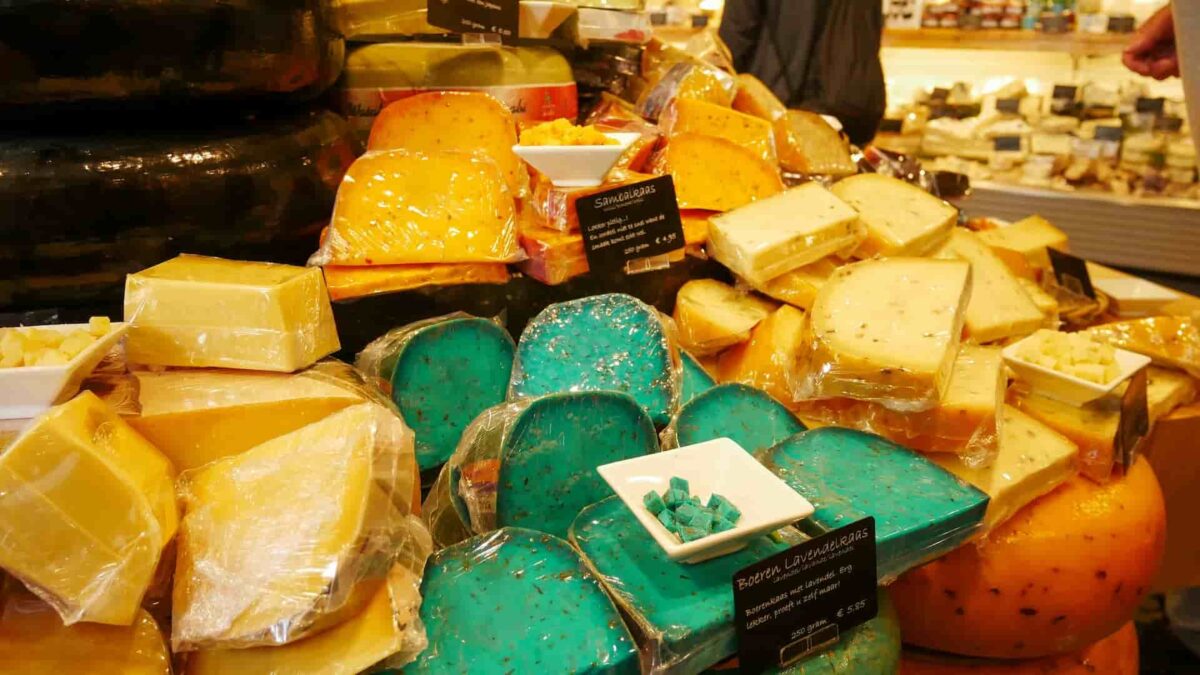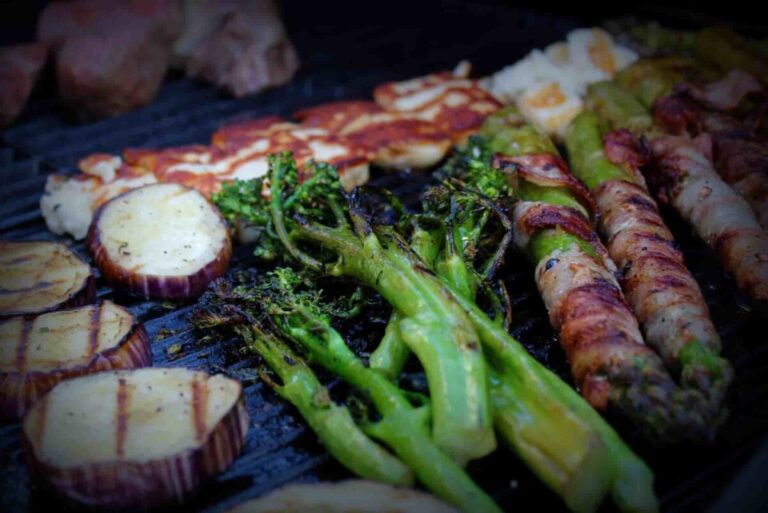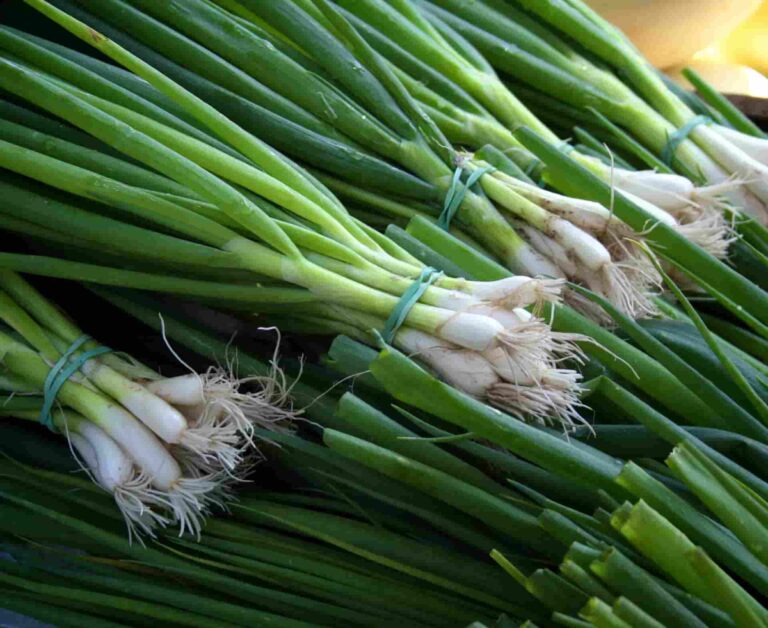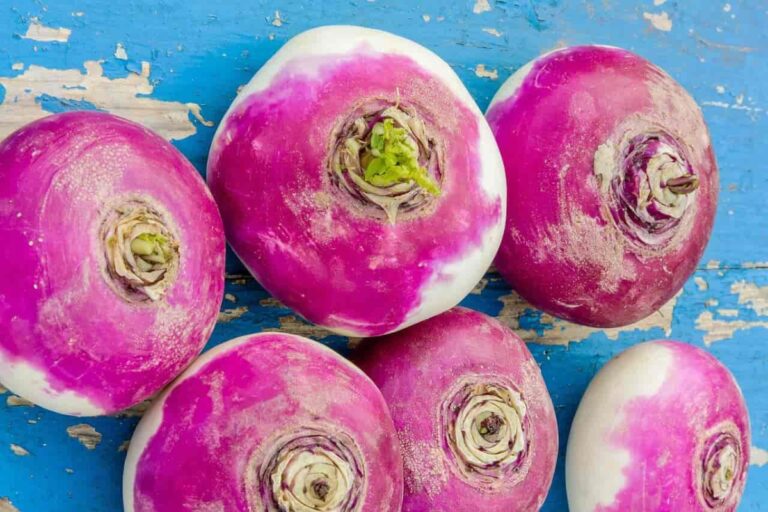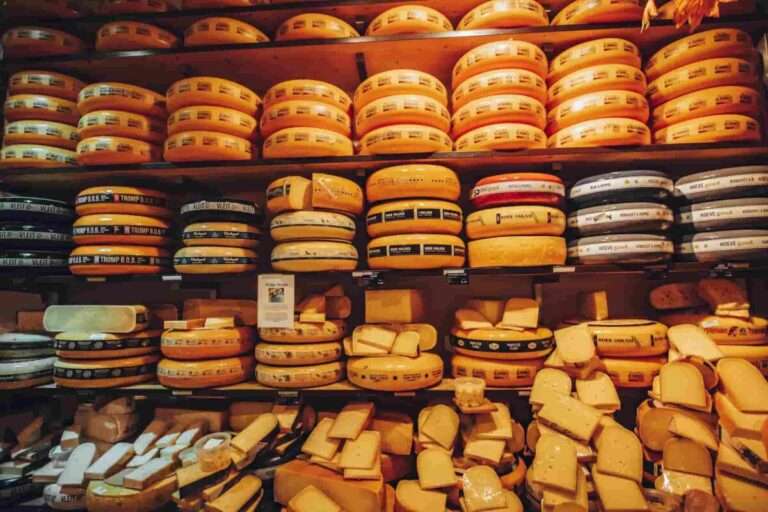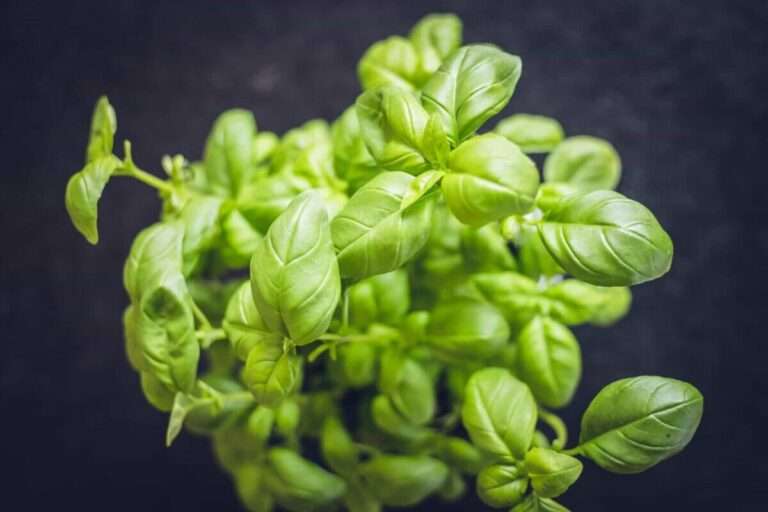Gouda cheese 101 – kitchen insights for you
Did you know that the colour of the wax coating on gouda could potentially give you some indication as to the kind of cheese that is contained within?
- Young Goudas, which have been matured for one to six months, are often coated in wax that is either red or yellow, but mature Goudas typically have a coating that is black or deeper. Traditionally, goat cheese Goudas are wrapped in either white or blue wax before being sold.
- The cheese known as Gouda gets its name from a city in Holland that is still used by cheesemakers from the surrounding areas to bring their wares there in order to be weighed, priced, and sold at a cheese market. Gouda is a washed curd cheese that is semi-firm in texture and belongs to the same family as Edam and Havarti.
- The only kind of Gouda to be granted a protected designation of origin is known as Noord-Hollandse Gouda. In order to produce this cheese, the milk used must be from the Dutch region of Nord-Holland. In comparison to other goudas, it often has a milder flavour in terms of saltiness.
- Gouda has a high fat content, which contributes to its silky and velvety consistency. It ranges in colour from white to a creamy yellow and often has tiny holes. Gouda is a cheese that melts very well, making it a fantastic option for grilled cheese sandwiches, burgers, omelettes, and casseroles.
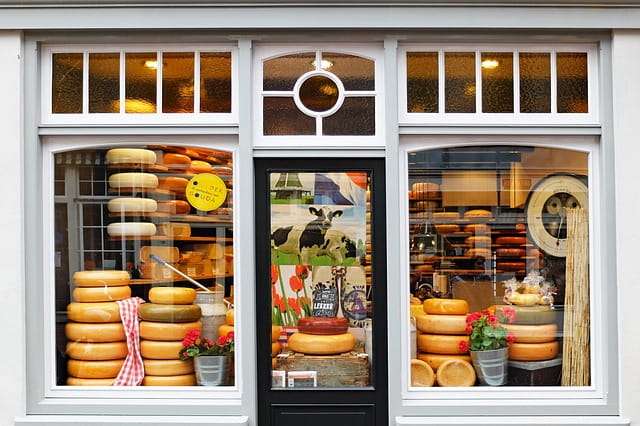
Gouda cheese nutrition values and health benefits
- The cheese known as gouda is an excellent source of a wide variety of vitamins and minerals. Calcium, phosphorus, zinc, and vitamin B12 are all provided in amounts equal to or more than 10% of the daily value per one ounce serving.
- The quality of your diet has an effect on the health and strength of your bones. The best approach to give your body, and especially your bones, the nutrients they need for optimal health is to consume a diet that is both well-balanced and rich in a wide range of foods that come from each of the food categories. Your bones contain the vast majority of the calcium that is present in your body.
- If you have lactose sensitivity, you should probably stay away from any and all dairy products since they might cause unpleasant stomach symptoms. Lactose intolerance is characterised by an inability to digest lactose, which results in symptoms such as diarrhoea, cramping in the stomach region, bloating, and gas.
- Because each serving of Gouda cheese has less than 1 g of carbs, this cheese contains very little lactose and may be simpler for you to digest than other types of cheese. In addition to that, it is an excellent provider of calcium.
- The consumption of full-fat dairy foods like gouda cheese has not been shown in observational studies to be associated with an increased risk of becoming overweight. Because they make you feel fuller for a longer period of time, meals made with full fat dairy may actually help prevent weight gain.
- Even while gouda cheese has a high concentration of saturated fat, it also has a variety of other nutrients, such as protein, calcium, and vitamin D, that may be beneficial to the health of the heart. Although there is some data suggesting that full-fat dairy foods such as gouda cheese may not be as harmful to your heart as previously believed, the judgement is still out on this issue.
- Gouda might be included into your diet plan even if you have diabetes and are monitoring your blood sugar levels and calculating carbs. In addition, unless specifically stated differently on the label, the vast majority of gouda cheeses are gluten-free, making them an excellent option for those who must steer clear of foods that contain gluten.
- Gouda cheese is not for consumption if you suffer from a milk allergy related to cow’s milk. It is estimated that 3% of children are allergic to cow’s milk, making it one of the most prevalent dietary allergens. In those who are allergic to cow’s milk, the most frequent symptoms are hives, stomach distress, and faeces that are bloody. Consuming foods that include cow’s milk might cause an allergic response in certain persons, which can be potentially fatal in extreme cases. These reactions are uncommon.
- A single ounce of gouda cheese contains 232 mg of sodium, which is equivalent to 10% of the daily intake for this mineral. Your body does need some salt in order to keep the fluid balance in check, but the majority of individuals consume considerably more sodium than they need in their diet. Consuming an excessive amount of salt in your diet raises both your chance of having a heart attack and your risk of having a stroke.
100g of gouda cheese has 356 calories(1489kj), 25g protein, 27g fat, and 2.2g carbs including 0g fibre.
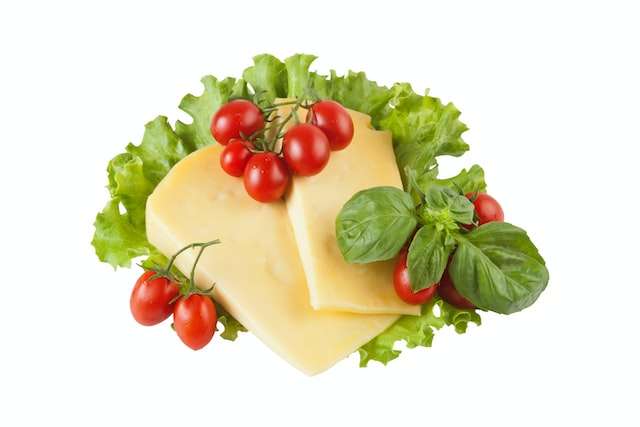
How to store gouda cheese and how to buy them
- Hard Gouda cheese is a kind of Dutch cheese that gets its name from the city of Gouda, where it was first made and sold. It is one of the world’s oldest cheeses that is produced in bigger quantities and is still widely consumed today. Since unpasteurized milk is used in the production of the cheese, the cheese is susceptible to spoilage if it is not properly preserved.
- Despite being a sort of hard cheese, Gouda cheese has less moisture than other types of cheese, particularly soft cheese. Because of this uniqueness, the product has a longer shelf life. Take a look at the following helpful tips to maintain the freshness of your Gouda cheese for extended lengths of time.
- It is important to preserve the cheese in an airtight container that is kept dry and clean, such as a box. Improper storage may cause the cheese to become dry. In the event that the block of cheese is too big, another option is to split it up into smaller pieces. Avoid bringing the temperature of the container down to less than 36 degrees Fahrenheit. Only keep it outdoors if the temperature is really low, and be sure to keep it out of direct sunlight.
- There is no better way to keep your Gouda cheese than to keep it in the refrigerator, since refrigerators are designed to keep goods for longer than other storage methods. However, you should not leave it out in the open like that since the air around other things might contaminate it.
- There is a wide range of variation in the dairy products’ shelf lives depending on the temperatures and circumstances. If you leave your Gouda cheese outdoors in a warmer area, there is almost no possibility that it will remain in good condition. In addition, the cooler environment may prevent it from going bad for two to three weeks longer than it would otherwise.
- If you want to get the most use out of your Gouda cheese, freezing it may be the best choice for you.
- After you have opened the cheese and sliced as much of it as you desire, you should then repack it in its original container after you have finished using it. In the event that you got rid of the packaging, you may replace it with an airtight plastic wrap, wax or parchment paper, aluminium foil, or plastic wrap.
- If the block of cheese is very large, you may find it more convenient to chop it up into smaller pieces. Put these pieces in a freezer bag, and before you put them in the bag, be sure to push out as much air as possible.
- Put the cheese in an airtight bag or container, and then put it in the freezer in the correct manner. If you store it frozen at 0 degrees Fahrenheit permanently, it may easily retain its freshness and flavour for two to three months.
- The following are some of the signs that point to a cheese that has gone bad or soured.
- Appearance of mould Gouda cheese that is towards the end of its shelf life will begin to darken, and finally, moulds will begin to form all over it.
- In spite of this, the cheese may still be used by cutting the moulds out of the transparent portion and removing them from the cheese. On the other hand, if you look inside and find mould, you should discard the whole block.
- A putrid odour will emanate from the ruined Gouda cheese, which is a clear sign that the cheese has gone bad and should not be consumed.
- The aged cheese develops a dry feel, which is not always viewed as a defect in and of itself. You could make something out of it, but it would not have much flavour.

Cooking techniques, secrets, and tips from the kitchen
- Gouda cheese has a taste that is initially mild and mildly sweet, but as it matures, the sweetness becomes more pronounced. As it matures, it becomes a deeper colour and has a taste that is buttery and nutty. Gouda cheese has a pleasant consistency when melted and works well in cheese sauces for pasta as well as on hot sandwiches.
- This time-honoured staple receives an extra dimension of taste through the use of the smoked kind of gouda cheese.
- The vegetable stock and the milk should be brought to a boil in a stockpot.
- After adding the macaroni, continue cooking it until it is firm to the bite.
- Turn the heat down and stir in some shredded smoked gouda along with some chopped parsley.
- For an extra heat, try adding sun-dried tomatoes or roasted jalapenos, both of which are vegetables.
- This salad is perfect for the autumn season and would be even better with some cubed gouda cheese. Spinach, toasted walnuts, crumbled bacon, dried cranberries, and gouda cheese cut into tiny pieces should be tossed together in a large salad dish. After tossing the salad with homemade balsamic dressing, the salad is ready to be served.
- A delicious vegetable side dish may be made by layering sliced zucchini with tomato slices and gouda cheese. The zucchini should be cut in half lengthwise, and then tomatoes, gouda cheese, breadcrumbs, parsley, and olive oil should be layered on top. Bake the zucchini in the oven for thirty minutes, or until it can be easily pierced with a fork.
- This robust turkey sandwich benefits from the addition of shredded gouda cheese. Mix together the gouda cheese, mayonnaise, green onion, ground black pepper, and garlic powder. Spread this mixture on toasted bread, and then top it with deli turkey slices, avocado slices, lettuce, and tomato slices.
- Cheese logs are not only beautiful to look at but also delectable and very simple to prepare. Cream cheese, shredded gouda, sun-dried tomatoes, chives, garlic powder, and chopped parsley should be mixed together in a large mixing dish. Form the ingredients into one huge ball or two smaller logs using your hands. To coat the cheese, you may use everything from herbs and nuts to seeds and seeds.
- Only cheese has the potential to make cauliflower appealing to children and other finicky eaters. After coating the florets in cheese sauce and topping them with Gouda, the dish is ready to go into the oven. You have a dish that was sent down from heaven. This is a meal that you just have to try since it has everything from a melty topping to crunchy-tender cauliflower and a creamy cheese inside.
- When you are planning to serve appetisers such as chips and pretzels, you need to also consider the dip that you will serve with them. This beer cheese dip is great for the task since it is silky smooth, melts easily, and has savoury and smokey characteristics. Milk, beer, Worcestershire sauce, spices, cheddar cheese, and Gouda cheese are some of the delectable ingredients that go into making this dip. It makes perfect sense why it is so green!

History of gouda cheese from the beginning until today
- According to our best available evidence, the Dutch have been making gouda cheese as far back as the 12th century. This makes gouda one of the oldest varieties of cheese still in production anywhere in the world.
- Although is always made from cow’s milk and typically has a flavour that is relatively mild and creamy, there are significant differences in the recipes used in each region, which means that the term “Gouda” actually refers to a style of cheese produced in the Netherlands rather than a particular food item.
- The cheese known as Gouda was given its name after a city in the Dutch province of Noord-Holland, although it has been made throughout the whole of the Netherlands for generations.
- In point of fact, it is virtually clear that Gouda cheese did not originate in Gouda; nonetheless, the city was given this title because it was one of the few sites in the Netherlands throughout the Middle Ages and Renaissance where cheese makers and merchants could trade commodities.
- Gouda is typically produced from cow’s milk that has not been pasteurised and is covered in a yellow wax that protects it from drying out while cheese is ageing. Because unpasteurized milk degrades considerably more quickly than pasteurised milk, making it an unprofitable option for large-scale producers, it is very unusual for Gouda to be manufactured in this method. Since Gouda is now produced on an industrial scale, it is rather uncommon for it to be prepared in this manner.
- Despite this, more than 300 farms dispersed around the Netherlands continue to produce Gouda in the traditional manner. This specific kind of Gouda is referred to as Boerenkaas, which literally translates to “farmer’s cheese,” and it is protected by trade restrictions enacted by the EU. This cheese may only be produced from raw, unprocessed milk, and it must be created in accordance with a set of very specific historical guidelines.

